Bartłomiej Garba
Adam Koperkiewicz
(Museum of the Second World War in Gdańsk)
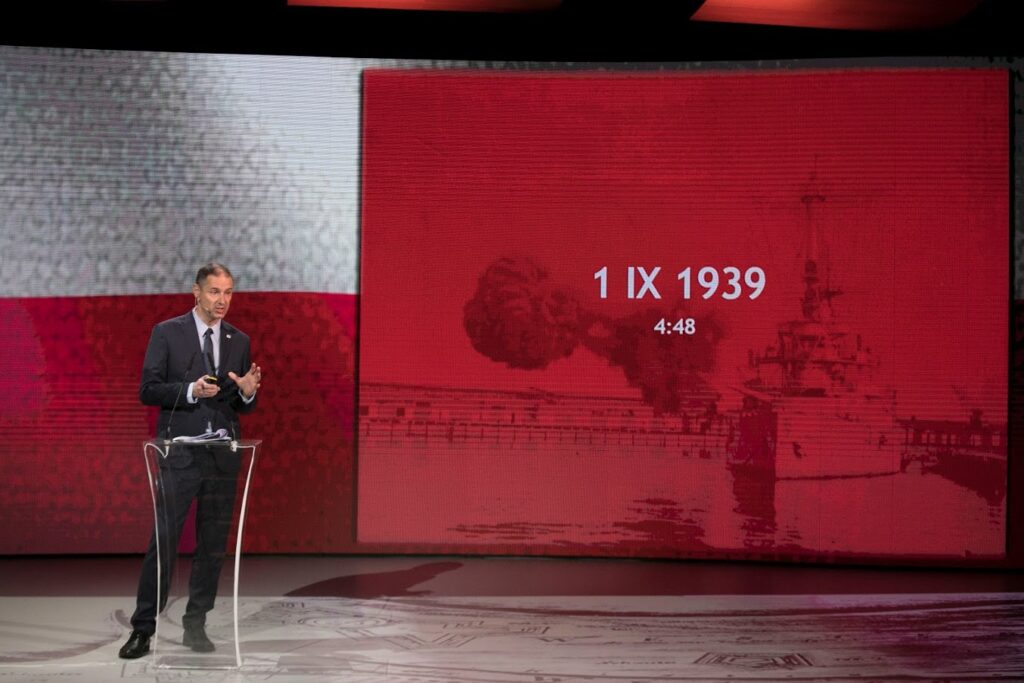
Battlefields – what does this actually mean? Exactly which places deserve this name and why? These questions may seem unimportant, if not trivial. In scientific terminology, a battlefield is a specific part of a cultural landscape. It is nothing but a historical space shaped by human activity, in other words a combination of human activity combined with a physical location. A battlefield, or battleground, is part of a cultural landscape that is first of all not just a physical location, but represents something more symbolic. Battlefields are locations where historical events took place, with varying meaning for the history of a country or the world. Some battlefields are considered milestones, turning points between new realities, such as the fall of Constantinople, which for some historians marks the end of the medieval era. Every inhabitant of the globe, despite being brought up within different specific cultural circles, can nevertheless pinpoint several important battles and the locations where they took place. This is due to their importance not just to individual nations, but to the world. But they may also include locations of events which represent a field of national disaster. For centuries, national identities have been built on the memory of soldiers, their heroism and their sacrifice. Battlefields can be symbols of defeat, often unhealed, running through an individual nation’s history, creating calls for retribution, or eagerness for retaliation. As a result, every battlefield is marked with either the glory of the victors or the defeat of the losers. Which is which, however, may not always be clear or obvious. Sometimes the losers in the end become the moral winners, because they represent a determination of spirit in the face of overwhelming odds. Nobody remembers the defenders of Thermopylae or Westerplatte as anything other than heroes, facing overwhelming enemy forces. It is their spirit that is remembered, along with the moral significance of the battles fought for their comrades-in-arms fighting on other fronts.
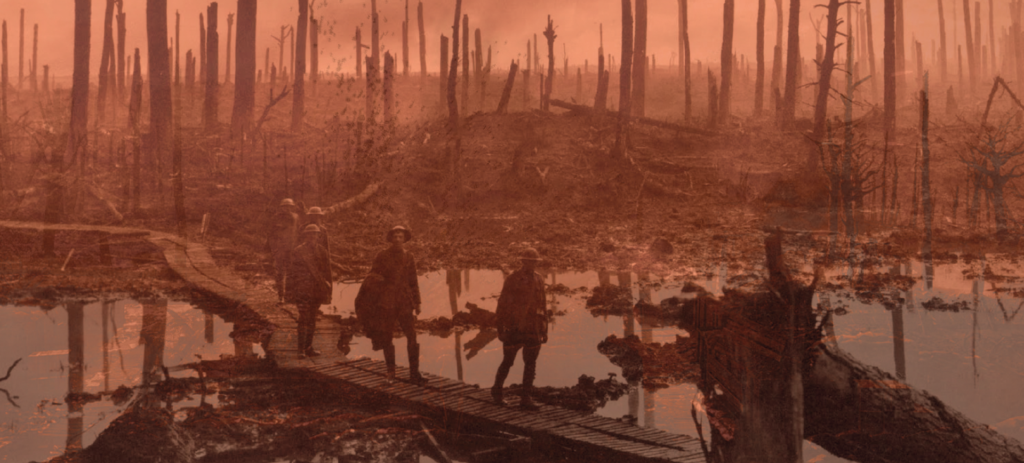
The memories of battles, initially preserved by word of mouth, have found their way into chronicles, and are reflected in painting, art, literature and in the accounts of participants. As our civilizations develop, the processes of commemoration also gain new forms. Armed conflicts have now become the subject of academic research and scientific analysis, while at the same time being an important element in the shaping of national identities. A breakthrough in the creation of these research communities are museums, not to mention their role in forming the national memories around them. Today, the development of battlefield museology is significantly influenced by the discipline of battlefield archaeology, also known as conflict archaeology. It is thanks to this research that our knowledge of the most important clashes in history, along with their locations, is getting broader and more precise. The memorials, monuments and locations acquired as part of these projects, and the archaeological contexts that accompany them, provide an opportunity to tell the story of the historic events that have been witnessed by them.
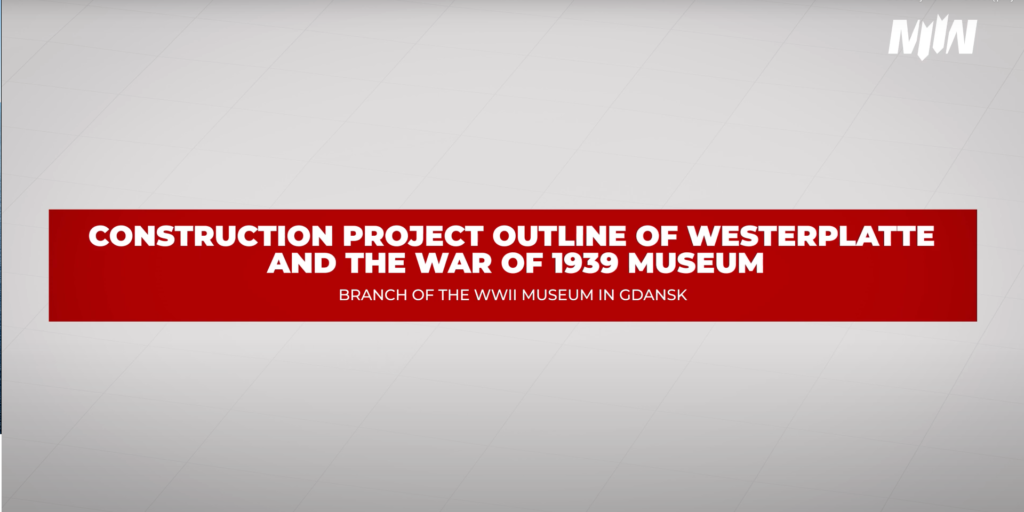
In Poland, the conservation of battlefields and the popularization of the accumulated knowledge about them, have so far been carried out on two levels. Firstly, the Polish authorities have been trying to protect the sites against deterioration and destruction, by surrounding them with legislative conservation protections. To this end, the following battlefields have been entered onto the register of protected sites: at Grunwald (1410), at Racławice (1794), at Maciejowice (1794), at Raszyn (1809), at Komarów (1920) and at Westerplatte (1939). In addition, the battlefield near Ossów has been protected within the framework of a specially-created cultural national park called the Ossów Culture Park – the Gate of the Battle of Warsaw in 1920. This has so far been the only national park created relating to a specific military conflict. Additionally, the battlefields of Grunwald, Racławice and Westerplatte have been recognized fully as historical monuments, a move which emphasizes their special importance in Polish culture. These legislative conservation moves have also been accompanied by various museum initiatives. It would be impossible to cover all of them in detail here, but the Museum of the Battle of Grunwald, which has been expanded and modernized, is one worth mentioning. It is also worth noting that in 2017 an agreement was signed regarding the construction of a national Museum of the Battle of Warsaw. These achievements to date, in the fields of protection and research – as well as the spreading of general knowledge to the greater population about battlefields in Poland – can be considered as a good basis for further development in these fields.
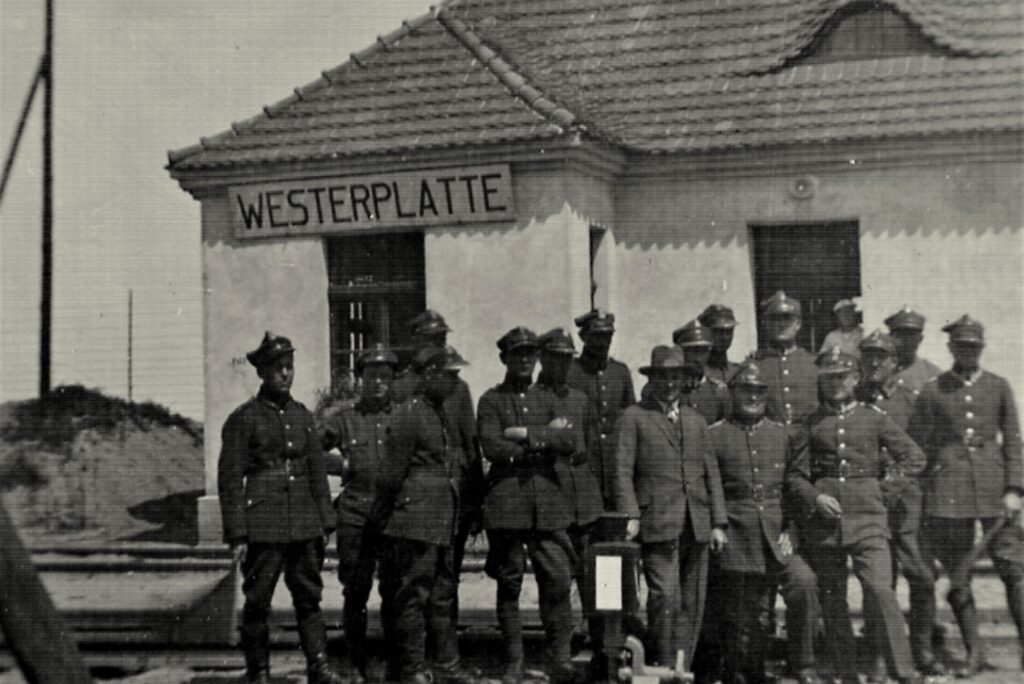
In 2017, the Museum of the Second World War (MIIWŚ) in Gdańsk, together with its branch in Westerplatte, faced the challenge of building the Museum of Westerplatte and the War of 1939. Due to its geographical location, the peninsula is the only battlefield in Poland that has been entered onto the register of monuments in its entirety (although this excludes the locations from which the shells of the Military Transit Depot – JTS were fired). As a result, the protected area covers around 64.5 hectares, which represents a huge logistical challenge. The extent of the problem is also heightened by the present state of preservation of the peninsula as a whole. The site of the former Military Transit Depot on Westerplatte is a place which has had a great many cultural layers imposed on it since the end of the battle. These changes and alterations to the landscape are so profound that, in its present form, visitors will not be able to understand the original locations and the general character of the place as it stood at the outbreak of the war. To some extent, the few monuments that still exist today and the relics of the battlefield, as well as previous attempts to show the history of this area, help a little. But over the years, subsequent construction at the location, especially around the ruins of the Military Transit Depot have created a noise of confusion and may disorientate visitors. As a result, the battlefield at Westerplatte has become a place not only of neglect, but also an area without any specific vision or image and over the years has become completely immune to present day needs for communicative dialogue, and to the addition of new technical possibilities for exhibitions. With this awareness, when facing the challenge of creating a museum dedicated to the defence of Westerplatte, in 2018 the Museum of the Second World War in Gdańsk launched an initiative to build a platform for the exchange of knowledge and experience in the field of commemorating and caring for battlefields. This idea took the form of the World Forum of Battlefield Museums, which, according to the intentions of Dr. Karol Nawrocki, director of MIIWŚ, was supposed to be “not just another scientific conference, but a modern day ancient Greek ‘agora‘ – a forum for the exchange of thoughts, reflections and experiences between institutions that have a lot in common” (1).
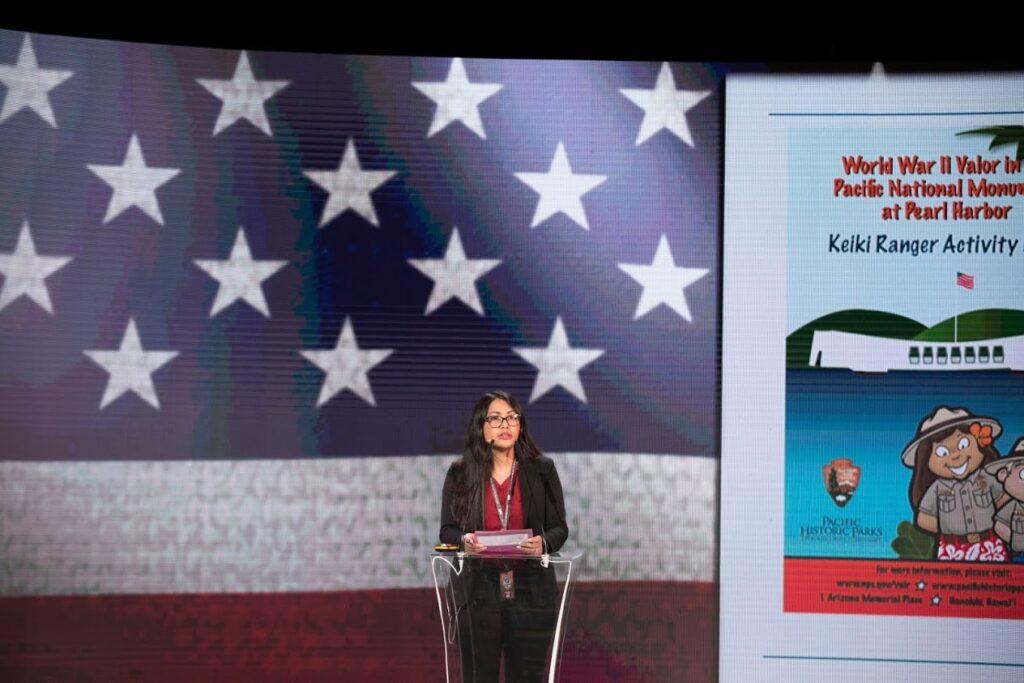
The first step to achieving this goal was internal discussions on which battles would be the most symbolic on a military map of the history of armed conflicts. The final selections fell on 15 locations, the most symbolic for individual countries, and the most recognizable and identifiable in the world: Greece – Marathon on 09/11/490 BC, Czech Republic – the Hussite battles of Sudomierz and Vítkov in 1420 and Lipany in 1434, Bulgaria – Varna in 1444, Szipka 9 – August 14, 1877, Turtucaia September 5, 1916, Ukraine – Beresteczko June 28–30, 1651, Belgium – Waterloo June 18, 1815, United States – Gettysburg July 1–3, 1863 and Pearl Harbor on December 7 1941, Turkey – Gallipoli, February 19, 1915 – January 15, 1916, France – Verdun, February 21 – December 20, 1916, China – Marco Polo Bridge, July 7–8, 1937, Slovakia – Banská Bystrica, August 29, October 29, 1944. The Museum made efforts to invite representatives of the institutions responsible for the legal and financial guardianship over the above-mentioned places, in order to talk to them and to share their experiences. All of the representatives invited responded positively. The conference was held on September 4-6, 2018. It was the first undertaking of this type in Poland, and was designed to meet the needs of those who were already dealing with battlefields in the country, as well as expectations regarding future investment in the construction of the Museum of Westerplatte and the War of 1939. The conference took the form of a panel discussion, dealing with the following issues: “The battlefield as a symbolic place of remembrance”, “The battlefield as a place of groundbreaking historical events” and “The battlefield as a place for the creation of national remembrance”. During the discussions, the invited guests presented an overview of their museum facilities as well as their research methods and the effects of their work.
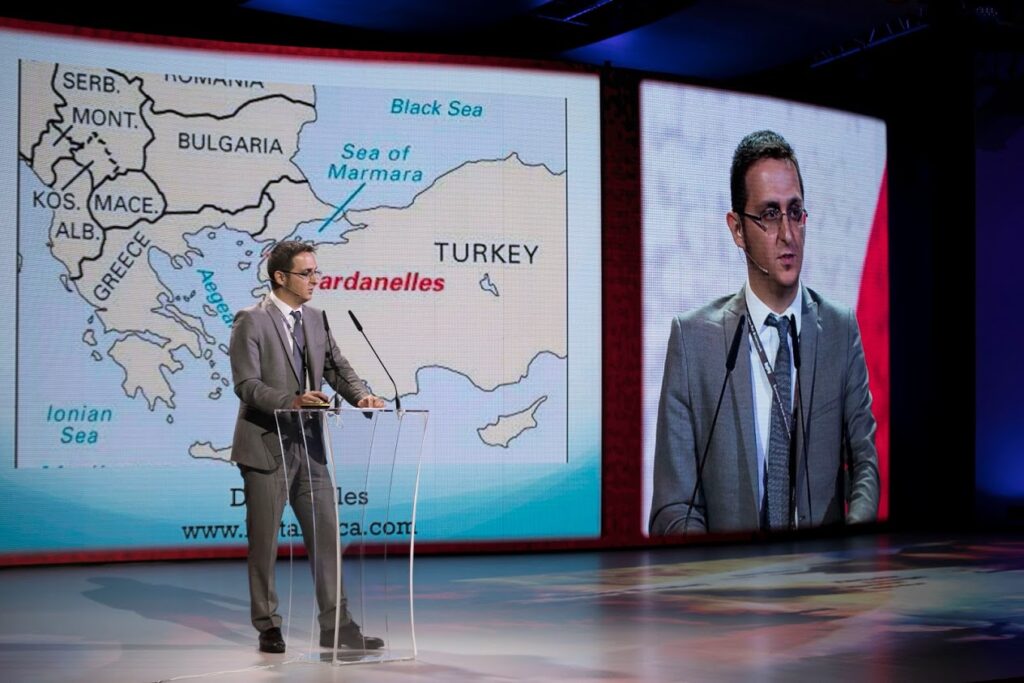
Experts from the museums of Marathon, Beijing, Westerplatte and Pearl Harbor spoke on the first panel. They presented how they strive to preserve the memory of past events in the most effective way, while at the same time trying to develop practical ways to reconcile old opponents. At the end of the forum, Dr. G. Berendt (deputy director of MIIWŚ) expressed the following opinion: “Some of these battles were lost in the first phase – such as in the case of Pearl Harbor – others were lost, such as at Westerplatte; while others, such as at the Battle of Marathon, were victorious. However, what all these places and events have in common are the people who risked their lives for the values that were most important to them – for example for the independence of their nation and the right to decide for themselves.”(2). During this panel discussion, the expectations and project for the development of the battlefield site at Westerplatte were presented, and a declaration was also made to build an open-air narrative museum. In the panel discussion entitled “The battlefield as a place of groundbreaking historical events” representatives of the Hussite-themed museums, along with Verdun, Gettysburg and Gallipoli, presented ways to discover the right balance and compromises needed to properly manage places of bloody, tragic struggles, which could still evoke strong emotions among visitors to their sites today. On the third day, museologists from Beresteczka, Varna, Szipka, Turtucaia and Banska Bystrzyca analysed “Battlefields as places for the creation of national remembrance”. The panel participants pointed to the important role archaeological research plays in determining appropriate approaches to the design of historical places. The final part of the discussions between the experts and the gathered audience was a debate entitled “The battlefield – between the sacred and a tourist attraction”. During this discussion, the forum participants attempted to discuss the natural dichotomy that accompanies the care of battlefields. The main aim was to try to explain to what extent it is possible to reconcile the commemorative, often sacred character of a battlefield with the reality of the inevitable commercialization of museum offers to the public.
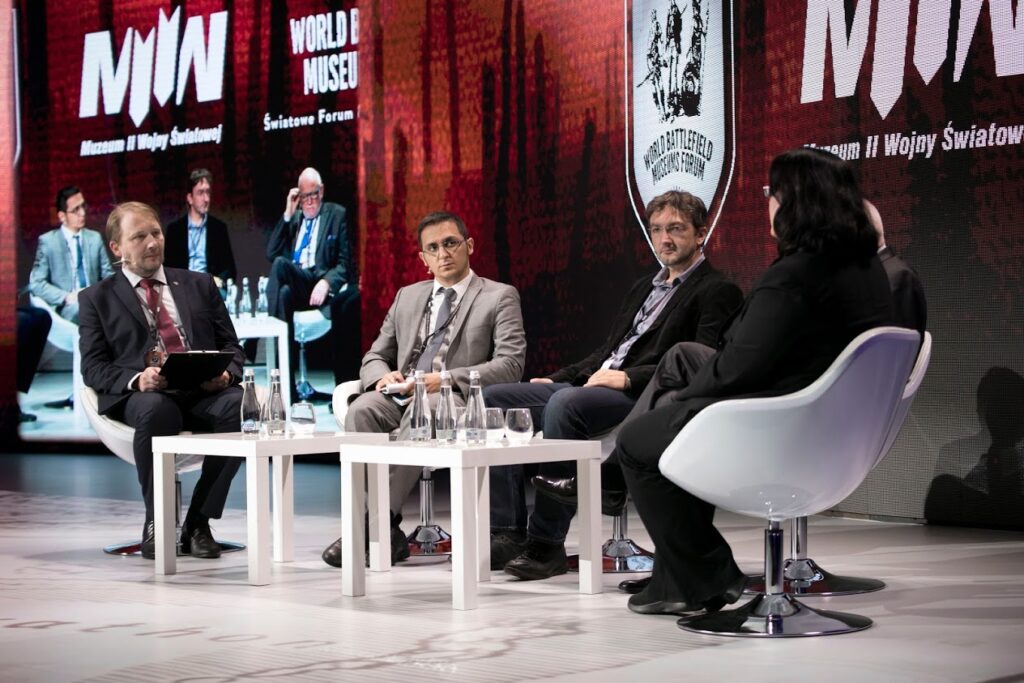
At the end of the discussions, the participants pointed to the measurable benefits of the conference, because no matter what part of the world they came from and what places of remembrance they were in charge of, they were all pursuing a common goal of preserving historical relics for future generations, providing them with the best protection and with the most attractive messaging. The organizers were particularly satisfied with the participants’ declarations regarding the further development of closer future scientific cooperation. They also declared a willingness to participate in future conferences and to the approval of the project to establish the World Association of Battlefield Museums. As a result, the conference not only met the organizers’ original intentions, but it actually exceeded expectations. During the discussions, the participants outlined their experience of looking after the most exceptional historical relics entrusted to their care, sharing their conditions and methods and allowing copious material to be collected for further work on the development of Westerplatte. The international conference on the shape of Westerplatte – with the participation of this international group of specialists – gives rise to the hope that the future museum will become an institution understandable not only to Poles. It would not be an exaggeration to say that the Forum participants have now become “ambassadors” to the memory of the battlefield at Westerplatte. One of the outcomes of the conference was also a publication entitled World Battlefield Museums Forum. The second edition of the Forum, originally planned by the Museum of the Second World War in Gdańsk for September this year, has had to be postponed to next year for epidemiological reasons. Despite this setback, the Museum on September 1st this year has launched a website dedicated to the forum at www.wbmf.online. This will include information, articles, news and research from our partners, the participants of the 2018 meeting. The website will also be devoted to all other information related to battlefields, their protection, commemoration and research. On the website, visitors will be able to see the history of great battles in the form of infographics and 3D VR models. It will be the first portal of this kind in Poland, and we therefore cordially invite you to visit it today.
1. K. Nawrocki, Multiple narratives, one goal – to preserve memory [in:] World Battlefield Museums Forum, substantive concept and editing by Karol N., B. Garba, M. Szymaniak, A. Żymła, Gdańsk 2019, p. 20 .
2. The battlefield as a symbolic place of remembrance [in:] World Battlefield Museums Forum, substantive concept and editing by Karol N., B. Garba, M. Szymaniak, A. Żymła, Gdańsk 2019, p. 55.

